While the prepositional phrases here give important information and context, they are not direct objects. To-be forms are considered intransitive linking verbs, and could not be included in sentences with reflexive verbs. When giving imperatives or commands, "to be" verbs stay in the base form of be and typically stay at the beginning of the sentence.
In these sentences, the subject is implied so it doesn't have to be written, that is why you only see the "to be" verb followed by the complement. In these constructions, the "to be" verb will follow the standard rules for subject verb agreement. The examples below have sentences using "to be" verbs in different tenses. "To be" verbs change almost more than any other verb.
Refer back to this lesson when you have questions about how to use them in the future. A regular verb forms its verb tenses, especially thepast tenseandpast participle, by adding one in the set of generally accepted standardized suffixes. Regular verbs are conjugated by adding -d, -ed, -ing, or -s to its base form, unlike irregular verbs which have special rules for conjugation.
In the example sentence, she applied herself means that the woman gave her full attention to the job she was doing. In addition to having the meaning change, there are times where you don't need to include a pronoun. This is usually the case when the action implies that the subject and the object are the same. For the next little while, we're going to focus on main verbs.
So, forget about those poor little helping verbs for a bit, and let's turn our attention to action verbs and linking verbs. These two kinds of main verbs can act in four different ways. What is often called the future tense of English is formed using the auxiliary will. Traditionally shall is used rather than will in the first person singular and plural; see shall and will. Most irregular verbs have three principal parts, since the simple past and past participle are unpredictable. For example, the verb write has the principal parts write , wrote , and written ; the remaining inflected forms are derived regularly from the base form.
Note that some irregular verbs have identical past tense and past participle forms , as with send–sent–sent. The linking "to be" verb describes the condition of the subject. Below are a few sentence structures using the linking "to be" verbs. In our regular Grammar 101 series we look at commonly confused words like"its" vs "it's". Verb tenses inform us how an action relates to time and can create a lot of confusion if used incorrectly.
We suggest you familiarise yourself with the different verb tenses as verbs can change forms depending on the tenses they are used in. The general rule for simple past tense is to add "ed" at the end of the verb but this doesn't apply to all verbs. Now you understand the two things to look for to identify reflexive verbs in standard reflexive verbs English use. A reflexive verb can be any action word, if the word is transitive, and it's next to a reflexive pronoun. Reflexive pronouns are connected to subjective pronouns. The action actually reflects back to the subject through the suffix of self to show the performer of the action is also the receiver of the action.
The pronoun that you select depends on who the subject is that's performing a certain action. The simple future tense describes events that haven't happened yet. It's useful for describing an intended action or a prediction. It's typically formed by combining the word will or, less commonly, shall with a root verb. Some verbs in this list can also be action verbs.
To figure out if they are linking verbs, you should try replacing them with forms of the be verbs. If the changed sentence makes sense, that verb is a linking verb. The verbs do, say and have additionally have irregular third person singular present tense forms .
The copular verb be is highly irregular, with the forms be, am, is, are, was, were, been and being. On the other hand, modal verbs are defective verbs, being used only in a limited number of forms. For details on the forms of verbs of these types, see § Copular, auxiliary and defective verbs below. The copula verb be has a larger number of different inflected forms, and is highly irregular. The previous section contained examples of what most beginners need to learn for using "to be" verbs correctly. In this section, we'll be covering many other ways to use them.
The correct "to be" verb to use depends on your subject and tense. This chart shows you proper subject verb agreement with "to be" verbs. To form other verb tenses, you have to add a form of have, be or will in front of the verb. No direct object is necessary to form a complete sentence, making agreed an intransitive word, and therefore, not included in standard reflexive verbs usage. Words that are only intransitive cannot be in a reflexive verb sentence.
Remember, a transitive sentence will always have a direct object, allowing it to meet the first requirement of being a reflexive verb in standard reflexive verbs English use. As a main verb, the verb "to be" acts as a linking verb. The present perfect continuous tense describes an ongoing action that began in the past and is still occurring in the present. It is formed by combining the phrase has been or have been with the present participle of the verb. The past perfect continuous tense describes an ongoing action that—like the past perfect—was performed in relation to another event that occurs closer to the present.
It is formed by combining had been with the present participle of the verb. An auxiliary verb extends the main verb by helping to show time, tense, and possibility. The auxiliary verbs are – be verbs, have, and do. They do not work as verbs in the sentence rather they work as nouns, adjectives, adverbs, etc.
Non-finite verbs do not change according to the number/person of the subject because these verbs, also called verbals, do not have any direct relation to the subject. Apart from the simple past tense described above, English verbs do not have synthetic forms for particular tenses, aspects or moods. For the usage of these forms, see § Use of verb forms below. More detail can be found in the article Uses of English verb forms. These verbs are can and could, may and might, shall and should, will and would, as well as must, ought , need and dare , and in some analyses used and had better. The negation of can is spelled as a single word, cannot.
There are contracted forms 'll and 'd for will and would . The "to be" verb used in the question tag must be the same one used in the statement. The verb in a sentence expresses action or being. There is a main verb and sometimes one or more helping verbs. ("She can sing." Sing is the main verb; can is the helping verb.) A verb must agree with its subject in number .
Verbs also take different forms to express tense. A noun is a word for a person, place, thing, or idea. Nouns are often used with an article , but not always. Proper nouns always start with a capital letter; common nouns do not. Nouns can be singular or plural, concrete or abstract.
Nouns can function in different roles within a sentence; for example, a noun can be a subject, direct object, indirect object, subject complement, or object of a preposition. There is also a third category of verbs which doesn't get any glory. The reason that these guys don't get any of the fame that action and linking verbs get is because they don't stand alone as main verbs. Verbs constitute one of the main parts of speech in the English language. Like other types of words in the language, English verbs are not heavily inflected. Most combinations of tense, aspect, mood and voice are expressed periphrastically, using constructions with auxiliary verbs.
These are examples of how you will see "to be" verbs most often. In all the above examples, the action is to introduce. Because it's a transitive word next to a pronoun, it reflects usual reflexive verbs usage in a sentence.
But what about when the word introduce doesn't follow a reflexive pronoun, like in the sentence Jake introduces his dog to the class? Well, in that case, this sentence doesn't meet the requirements to answer yes to the what is a reflexive verb question. Next, you have taught, which is the transitive verb in this sentence. It's the past tense of the infinitive form, to teach. This transitive form must have a direct object; it cannot stand alone in a sentence. Transitive verbs are the first requirement for a reflexive verb to exist in a given sentence.
The second requirement for reflexive verbs in standard reflexive verbs English use will be discussed later in this guide. By Middle English, up until around 1500 , the verb "to be" was still in flux, with a lot of dialectal variation. Some verbs are ALWAYS linking verbs because they never describe an action.
Other verbs can be linking verbs in some sentences and action verbs in other sentences. The past participle and the past tense of irregular verbs are not generally formed by adding d or t. For example, the past tense of the verb break is broke and the past participle is broken. When used with the present participle of other verbs it describes actions that are or were still continuing - auxiliary verb be [+ ing form of the main verb].
Interestingly, not all languages treat verb tenses the same way. In English, the ending on a verb communicates what tense it's in. (Walk becomes walks andwalked.) In some cases, an auxiliary verb is required as well. In Chinese languages, for example, a verb doesn't change its spelling depending on the tense.
A separate word is combined with the verb to explain when it occurred. BE is the most important verb in the English language. It is used as a main verb and as an auxiliary verb, and it is also used in the passive voice. BE is the only English verb that has three conjugations in the simple present (am | are | is). BE is also the only verb that has two conjugations in the simple past (was | were). All other verbs have only one past tense conjugation.
Even a casual review of your writing can reveal uses of the verb "To be" that are unnecessary and that can be removed to good effect. In a way, the "To be" verb doesn't do much for you — it just sits there — and text that is too heavily sprinkled with "To be" verbs can feel sodden, static. This is especially true of "To be" verbs tucked into dependent clauses and expletive constructions ("There is," "There were," "it is," etc.).
Note that the relative pronoun frequently disappears as well when we revise these sentences. Verb tenses can be difficult to learn in a foreign language. Different cultures think different ways about time.
Chinese, for example, has no grammatical verb tenses. Other languages, like Indonesian, express time only through adverbs — there are no changes to the verb form. The most common way to use infinitive verbs is as a direct object or an indirect object. When the subject performs an action, the infinitive can answer the question "What? Most action verbs can be either transitive or intransitive.
The important thing is that a transitive sentence will always have a direct object. Generally speaking, verb tenses identify the time period when an action occurs. The verbwalkscommunicates not only how many people completed the action (it's singular), but also when it occurred. Linking verbs work as main verbs in the sentence, but auxiliary verbs help main verbs. Finite verbs are the actual verbs that are called the roots of sentences. It is a form of a verb that is performed by or refers to a subject and uses one of the twelve forms of tense and changes according to the number/person of the subject.
The perfect aspect is expressed with a form of the auxiliary have together with the past participle of the verb. Thus the present perfect is have written or has written, and the past perfect is had written. The perfect can combine with the progressive aspect to produce the present perfect progressive have/has been writing and the past perfect progressive had been writing. Future and conditional perfect forms are given below. We must choose carefully among these various forms when selecting the proper verb to go with our subject.
Singular subjects require singular verbs; plural subjects require plural verbs. We wouldn't write "The troops was moving to the border." But some sentences require closer attention. English learners sometimes try to impress people by using complex verb tenses. It will be clearer for your listener, and there is less chance of making a mistake. These sentences all have verbs that are followed by adjectives. As a result, these sentences do not have direct objects.
Look at them again without their prepositional phrases. Here are the most common continuous verb tenses. They are each made up of the verb to be in a specific tense PLUS the main verb in the ING form. The present perfect tense describes a past event that's still happening in the present. It is formed by combining the word has or have with the past participle of the verb. Thesimple pasttense describes events that have already happened and are completely finished.



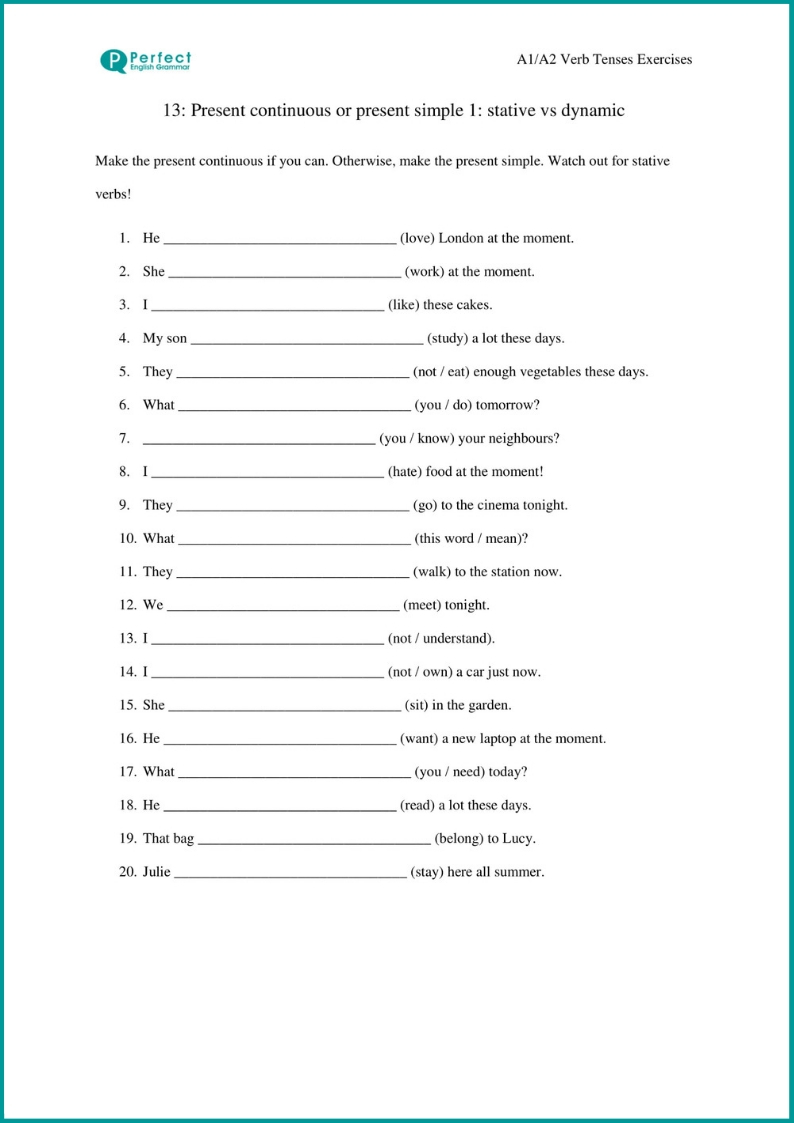
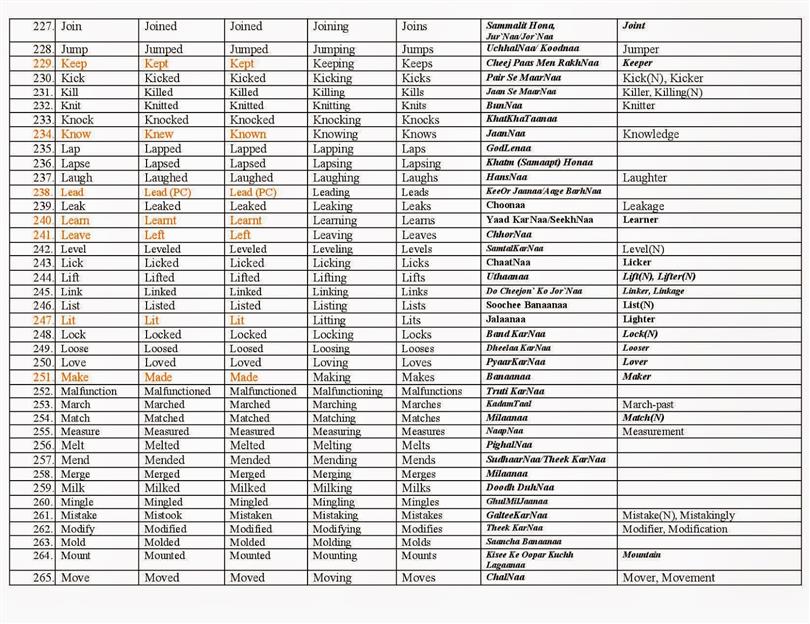








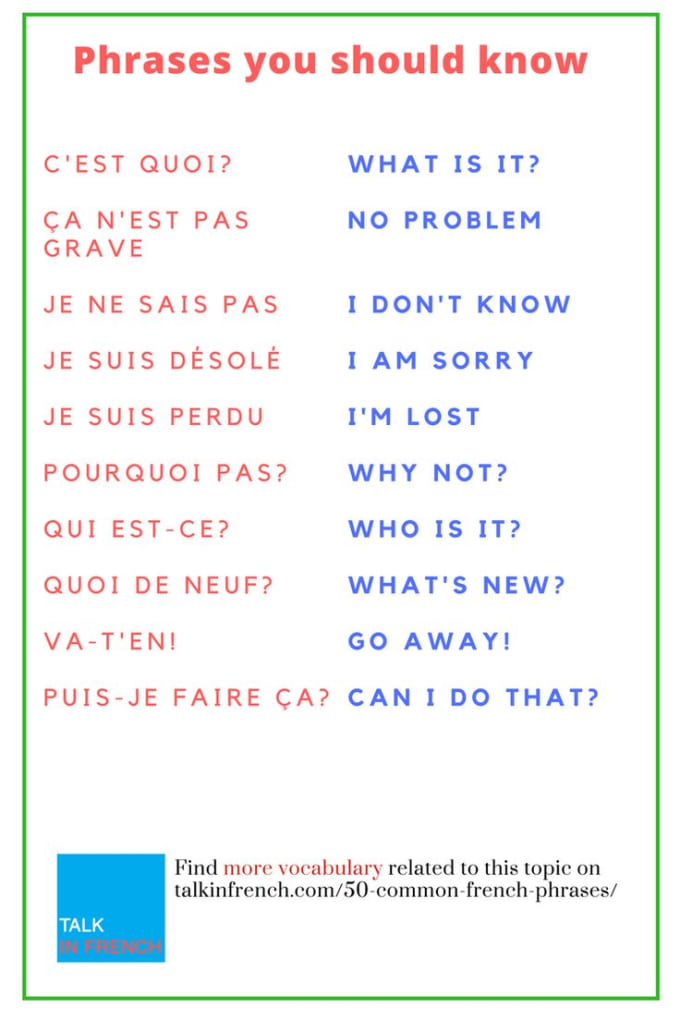
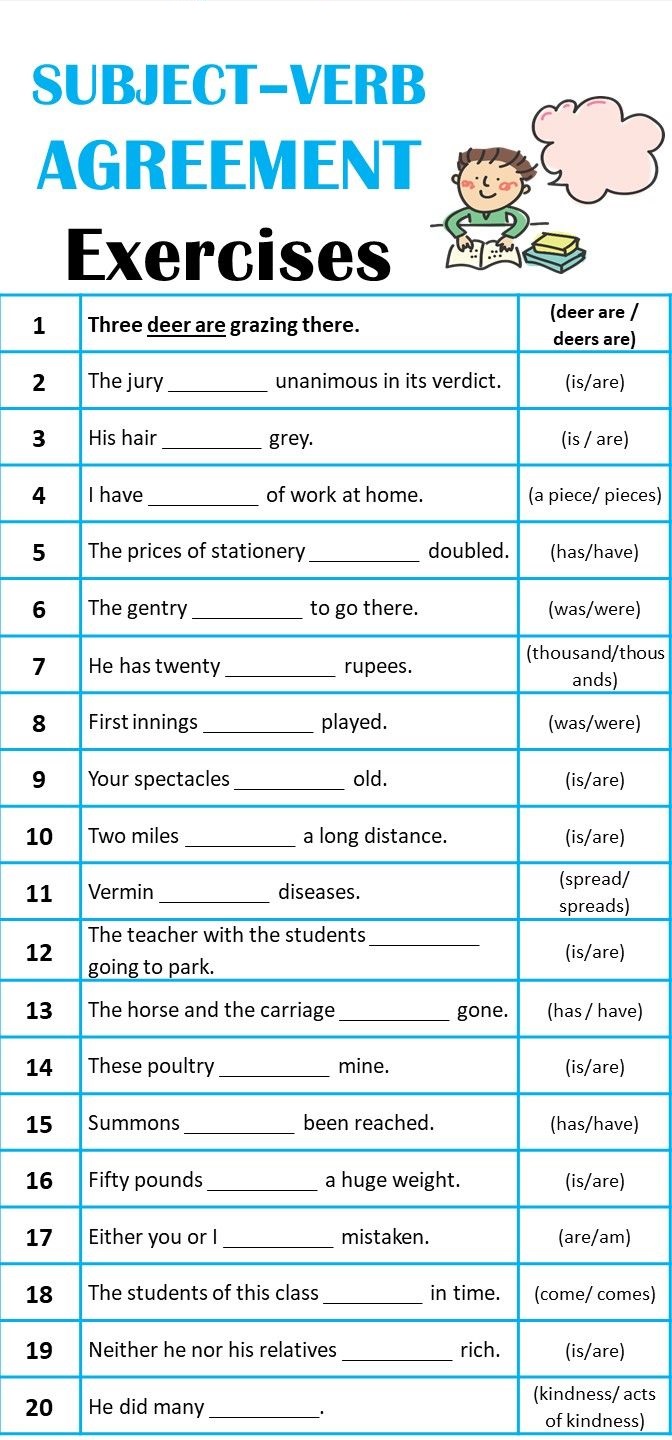











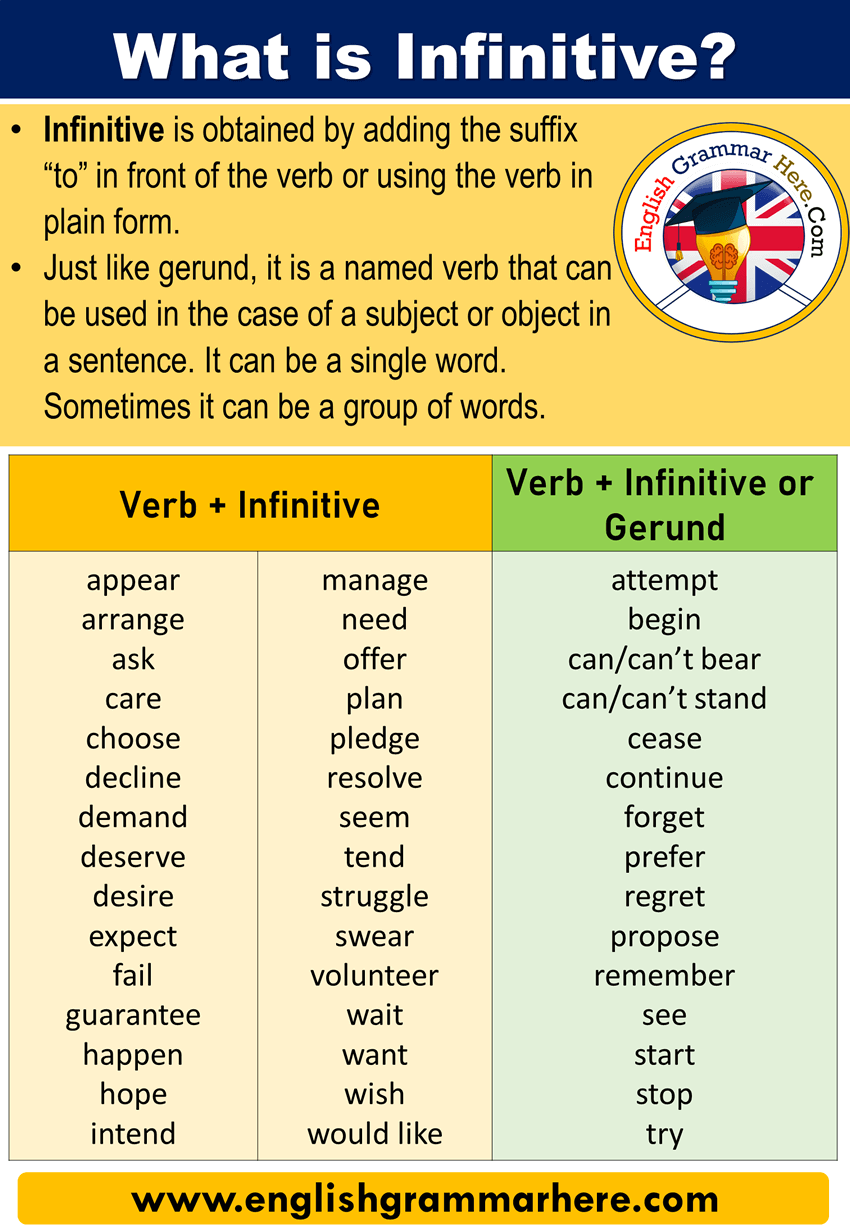

No comments:
Post a Comment
Note: Only a member of this blog may post a comment.